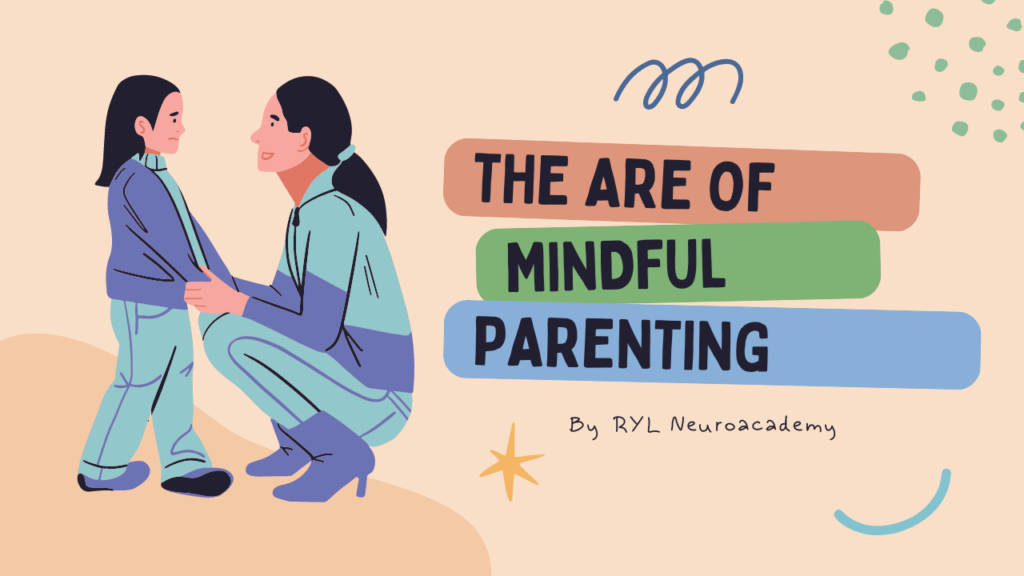
What is Anchoring in NLP?
Anchoring in NLP is a technique that links a specific emotional state to a trigger, such as a word, gesture, or sound. This allows individuals to recall desired emotional states on demand. For example, a confident state can be anchored to a specific hand movement, enabling someone to access confidence in challenging situations.
Why Anchoring Matters
Anchoring is crucial for personal growth, effective communication, and influence. It empowers individuals to manage emotions, improve relationships, and create positive associations. In personal development, it helps break limiting patterns. In communication, it builds rapport and fosters trust, making it a powerful tool for achieving success in various aspects of life.
Target Keywords: NLP anchoring, what is NLP anchoring, emotional control.
2. How Does NLP Anchoring Work?
Anchoring, a core concept in NLP psychology, is based on the stimulus-response mechanism. This principle explains how a specific trigger (stimulus) can evoke a consistent emotional or behavioral response. This connection forms when an emotional state is repeatedly linked to a particular cue, like a word, gesture, or sound.
Everyday Examples of Anchoring
Anchoring is common in daily life. For instance, hearing a nostalgic song might instantly transport you to cherished memories or feelings. Similarly, the scent of a particular perfume may remind you of a loved one. These experiences highlight how powerful associations between stimuli and emotional states can shape our responses.
By understanding NLP anchoring, individuals can consciously create positive anchors to improve confidence, motivation, and emotional control.
3. Benefits of NLP Anchoring
Enhancing Relationships and Communication
Anchoring also improves relationships by fostering better communication. For instance, creating a positive anchor can help you remain patient and empathetic during challenging conversations, strengthening your connections with others.
Real-World Examples of Successful NLP Anchoring
A public speaker anchors confidence to a specific hand gesture, enabling them to deliver presentations with ease.
Athletes use anchoring to recall peak performance states before a game, boosting focus and energy.
The benefits of NLP anchoring make it a valuable tool for personal growth, professional success, and emotional resilience.
4. Step-by-Step Guide to NLP Anchoring
Mastering NLP anchoring techniques allows you to control your emotional state and boost confidence. Follow these simple steps:
1. Choose the Desired Emotional State
Decide on the feeling you want to anchor, such as confidence, relaxation, or focus.
2. Identify a Specific Trigger
Select a unique stimulus, like a touch on your wrist, a word, or a sound, to act as your anchor.
3. Intensify the Emotional State
Recall a powerful memory or imagine a situation that evokes the desired emotion. Fully immerse yourself in the feeling.
4. Link the Emotional State to the Trigger
While experiencing the emotion at its peak, apply the chosen trigger consistently.
5. Common Mistakes and How to Avoid Them
Mastering anchoring requires consistency and focus. Here are some common NLP anchoring mistakes and how to overcome them:
1. Using Weak or Inconsistent Triggers
A vague or inconsistent trigger fails to create a strong connection. Solution: Choose a unique and specific trigger, like a particular touch or word, and use it consistently.
2. Not Reinforcing the Anchor Frequently
Without regular practice, the anchor weakens over time. Solution: Reinforce the anchor by repeatedly linking it to the desired emotional state in different situations.
3. Failing to Fully Engage in the Desired Emotional State
A shallow emotional connection reduces the effectiveness of the anchor. Solution: Immerse yourself completely in the desired emotion, using vivid memories or imagination to intensify the state.
By addressing these NLP anchoring challenges, you can create reliable anchors that boost confidence, motivation, and emotional control.
6. Applications of NLP Anchoring in Everyday Life
NLP anchoring is a versatile tool that can transform your day-to-day experiences:
Public Speaking and Presentations: Use anchoring to access confidence and calmness, helping you deliver impactful speeches.
Overcoming Anxiety and Stress: Anchors linked to relaxation can ease tension during challenging moments.
Building Rapport: Create positive anchors to foster trust and connection in personal and professional relationships.
Boosting Productivity and Focus: Trigger peak performance states to stay energized and attentive throughout the day.
Harnessing NLP anchoring for anxiety and productivity ensures emotional mastery in various situations.
—
Advanced NLP Anchoring Techniques
Take your anchoring skills to the next level with these advanced methods:
Stacking Anchors: Combine multiple positive triggers to amplify complex emotional states like motivation and creativity.
Collapsing Anchors: Neutralize negative triggers by replacing them with positive emotions.
Chaining Anchors: Build progressive states, moving from calmness to energy and focus step by step.
Combining with Other NLP Techniques: Enhance anchoring by integrating visualization or reframing for deeper emotional shifts.
Mastering advanced NLP anchoring techniques like stacking and collapsing anchors empowers you to navigate emotions and achieve your goals effortlessly.
Enhance your understanding of NLP anchoring by following these leading experts:
Dr. Richard Bandler: Co-creator of Neuro-Linguistic Programming, offering seminars and workshops internationally.
Nina Madden: Renowned NLP Master and Life Coach with over 25 years of experience, specializing in personal transformation.
Ridhima Dua: Certified NLP Trainer and Life Coach, known for her work in leadership coaching and corporate training.
Online Tools and Apps for Practicing Anchoring Techniques
Incorporate NLP anchoring into your daily routine with these resources:
The Key: An innovative app that provides tools to apply NLP techniques for personal transformation.
Cursa: Offers free online courses and ebooks on NLP basics, including anchoring techniques.
Utilizing these NLP anchoring resources and learning from top practitioners can significantly enhance your skills and personal development journey.
For a practical demonstration, you might find this video helpful:
10. Conclusion
Recap of the importance and benefits of NLP anchoring.
Encouragement to practice and experiment with the techniques.
Call to action: Share, comment, or explore additional NLP resources.
Target Keywords: mastering NLP anchoring, NLP techniques for success.

